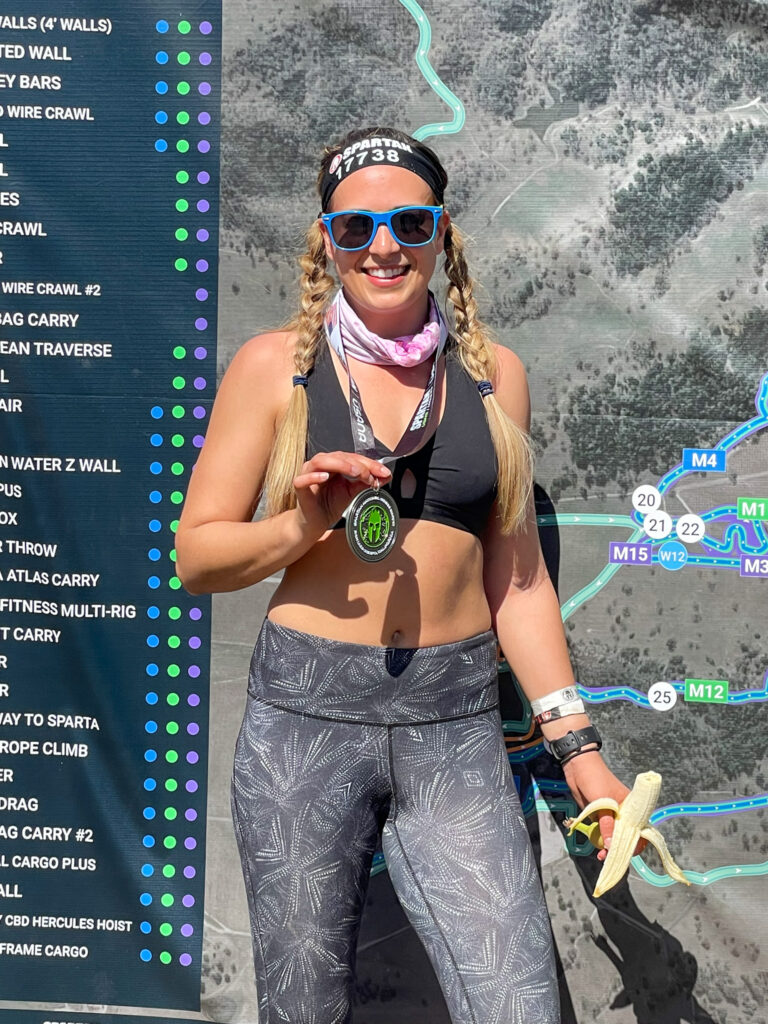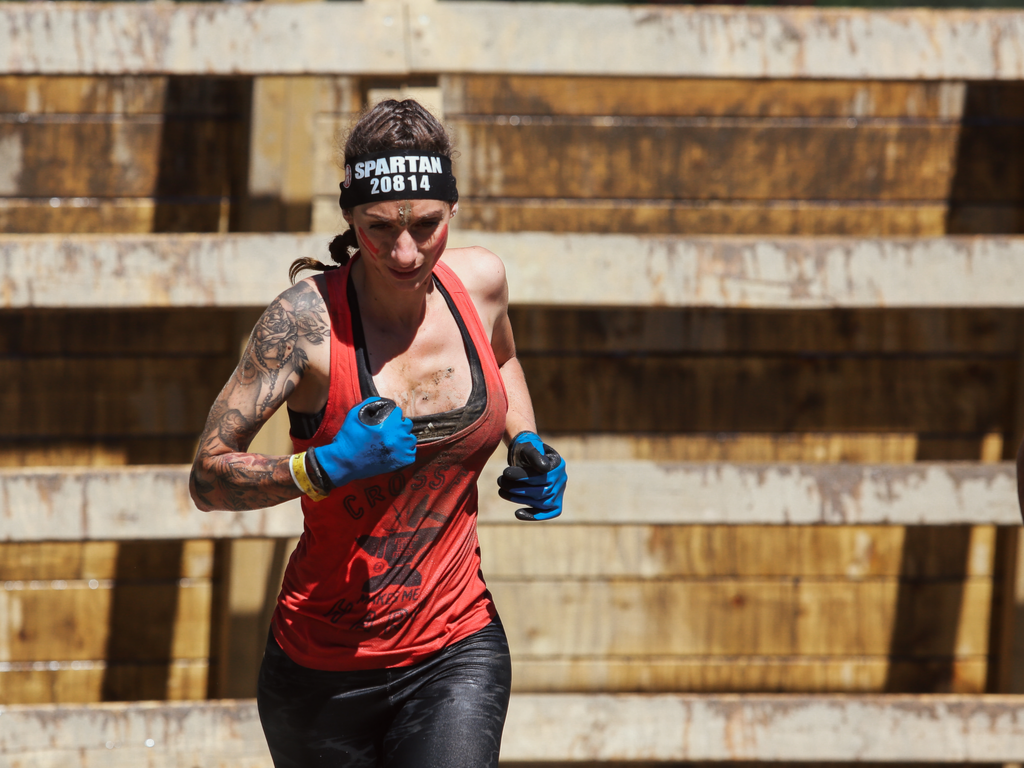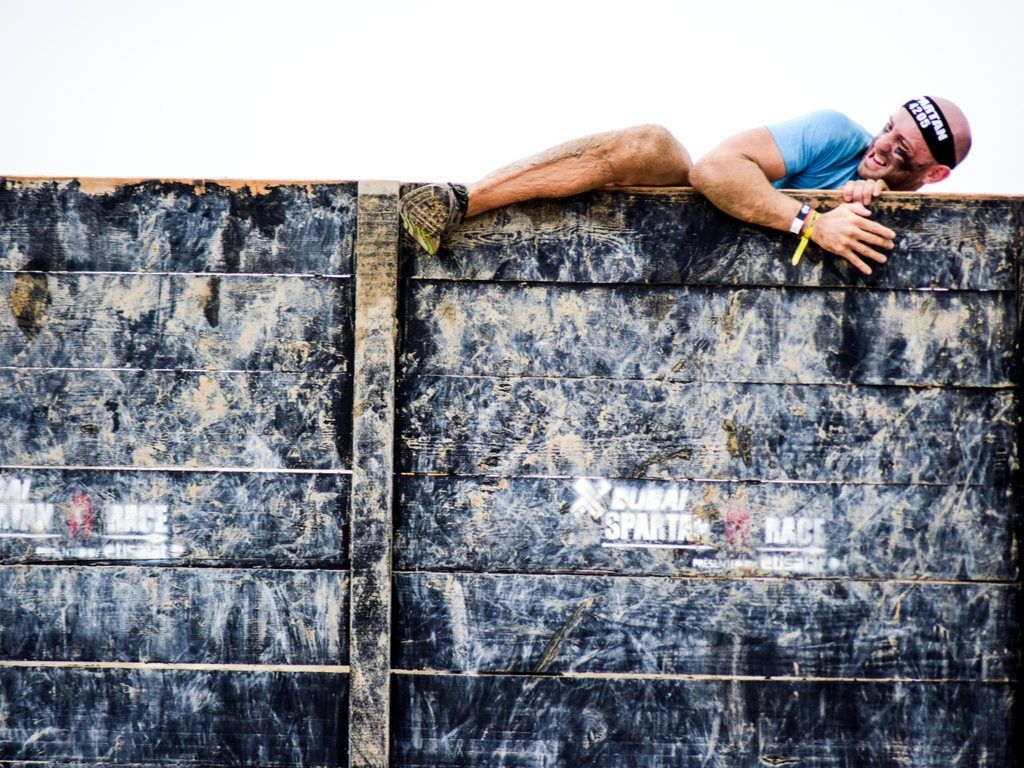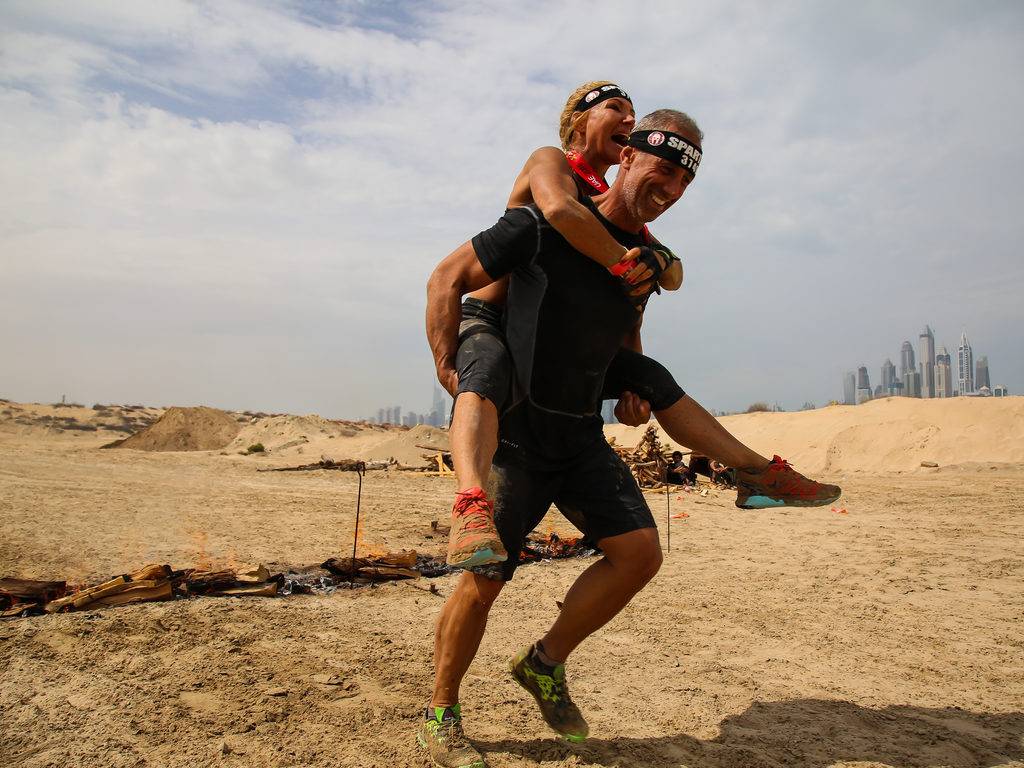Hey There!
I'm Reina
I am a full-time traveling registered nurse, fitness enthusiast, and nutrition expert. Every morning I wake up intending to bring awareness of the importance of health and spiritual wellness, especially to the traveling community. At Messy Bun Traveler, we promote travel that allows the traveler to either kick-start, maintain, or enhance a healthy lifestyle. So whether you're someone who travels for business, travels for pleasure, or new to travel and looking for health advice while on the road, this blog is for you!
inspiration
Categories:
health
destinations
fitness
resources
wellness
Privacy & Disclosure
The Messy Bun Traveler is designed to bring you fun stories, destination guides, and healthy travel advice. To help cover the cost of running this site, all posts are sprinkled with hand-selected affiliate links. When you click on one of these links and make a purchase, I will earn a small commission at no additional cost to you. I only accept affiliate links and paid advertisements from brands I believe in, trust and use personally. Thank you for your continued support!
Top 20 Spartan Training Hacks to Finish Your First Race
March 30, 2022

Congratulations! You just decided to take that first step and sign up for a Spartan Obstacle Course Race! You’ve just paid for the ticket, so you’re committed! Now what?
Now it’s time to create an obstacle course-focused training plan to prepare you for race day!
There’s a lot of information out there about exercise and strength training. Some of it is good, and some of it, not so much.
My excited & surprised face after finishing my very first Spartan Beast race back in 2017!

My first Spartan Race ever was in 2017. I signed up to complete the Spartan Beast in Lake Tahoe with my friends. I had a solid fitness background but was truly blind to what I was getting into.
According to my Fitbit, I finished that race, having run over 17 miles, completed over 30 obstacles, and staggered over 5,000 feet of elevation gain. I’ve written an entire post on what I wish I had known before my first Spartan Race, here.
And if you’re still unsure if you should sign up for one or not, I wrote an entire post on why everyone, no matter what age, shape, gender, or fitness background, should try a race at least once here.

Ever since my first Spartan Race experience, I’ve been addicted. My husband and I make it a tradition to sign up for at least one or two races per year to keep up with our fitness goals.
Check out my Spartan Race video to get an idea of what to expect on the course!
If you’re looking for some insight into how I train, look no further. I’ve composed this list of 20 Spartan training tips and tricks to get you to make it to that finish line!
Summary
1. Master your run

Weekly training runs are very important for Spartan training. People training for a Spartan often ignore the running component and focus mainly on strength training for the obstacles.
In the races, obstacles will be clustered together at the start and finish line so spectators can watch and cheer you on. Well, what happens during the rest of the course? Running. Lots and lots of running.
So, Spartan training tip number one is, run! Try going on a nice trail run at a moderate to easy pace at least once per week.
2. HIIT Workouts are a must
When it comes to training for a Spartan, HIIT-style efforts are a must because they require total-body endurance in strenuous efforts.
They keep your heart rate up and push you to an uncomfortable state, much like how you’ll feel during the race.
3. Work on your grip strength

A lot of the Spartan obstacles require immense grip strength. Whether carrying a heavy bucket for a quarter-mile, climbing a muddy rope, or swinging on the ape hanger, proper grip strength will come in handy (no pun intended).
4. Plyometrics
Personally, I have a love-hate relationship with plyometrics.
Plyometrics is intense training involving using your muscles to generate explosive strength at high speed.
It focuses on your power movements like jumping, lunging, and sprinting. Explosive power is vital when conquering some of the Spartan obstacles.
5. Hit the hills

Hittin’ the hills of Los Angeles!
These races are held in locations with challenging terrain and elevations. That’s why it’s crucial in your Spartan training to incorporate hill climbs.
You can find an area you enjoy hiking that has some steep inclines. A treadmill can do the trick if you’re short on hiking trails near you.
6. Strength training
This Spartan training tip is obvious, but it’s essential to work on your overall strength. Many, if not all, of the obstacles in the race are extremely heavy.
From the atlas carry, picking up and walking with a 75 lb. ball, and the Hercules hoist, pulling a 90 lb. weight up with a rope, you’ll need solid upper body strength.
7. Compound movements
A compound movement is any form of exercise where you use more than one muscle group at a time.
Compound movement workouts have become one of my favorite ways to train for a Spartan Race. Just as you will be doing during the race, you’re using multiple muscle groups simultaneously.
Work on adding one or two compound movements into your daily exercise routine.
8. Yoga
I didn’t realize how vital yoga was until I recently competed in a Spartan Race after dropping daily yoga from my morning routine.
Without having done yoga, I cramped up easily and more quickly. My calve muscles weren’t as flexible, so the hill climbs became challenging. My core wasn’t as tight, leading to a couple of failed obstacle challenges that I could have easily completed before.
Yoga is vital to spartan race training and should be added to your daily practice at least 3-to 4 times per week.
Your sessions don’t have to be lengthy, but even 15-20 minutes of daily yoga will leave you much better off than having not done any yoga.
9. Find the proper balance in your Spartan Training

As you can see, racers need all the things.
Endurance, speed, power, upper body strength, core, grip, flexibility, and balance. It’s important to incorporate all these elements into your weekly training regimen to see the best results on race day.
An example of my weekly Spartan Race Training Schedule is:
- 1 day of HIIT Training (approximately 30-45 minutes)
- 2 days of lower body strength training
- 2 days of upper body strength training
- 1 day of steady-state cardio (jogging, hiking, biking, etc.)
- 1 day of active rest
**Every day, at least 15-20 minutes of yoga.
10. Recovery days are just as important as training days
Training days break down the muscles, recovery days allow the muscles to be built back up even stronger.
Suppose we don’t give ourselves enough time to recover. In that case, we’ll just keep breaking down our muscles further and further until we’re easily prone to injury.
To be successful at your Spartan Race training, incorporate a recovery protocol of stretching, yoga, foam rolling, massage, heat, and even ice baths.
11. Nutrition

Believe it or not, what you eat accounts for over 80% of Spartan training. Focus on lots of complex carbohydrates, quality proteins, and healthy fats.
I personally stick to a whole-food, plant-based diet and use Cronometer to make sure I’m consuming sufficient calories daily.
12. Be Consistent – make a workout schedule and stick to it
Without consistency, training for a spartan can become disorganized. Your body will have a harder time adapting, and forming healthy habits toward your fitness goals will be even more challenging.

13. Sleep
Sleep is crucial in the recovery process of Spartan training. Sleep gives your body time to recover, conserve vital energy, and repair and build up the muscles that were worked during your exercise the day.
14. Mental grit
There will be many moments during your Spartan Race training when you’ll believe you can’t push yourself any further. Don’t feel ashamed – everyone hits their breaking point during the Spartan training journey.
The thing to remember most, though, is that it’s all in your mind. Remind yourself you’re capable of anything.
Remember you’re “why” you’re doing this in the first place. Exercising your mental grit and strength will also help you on race day.
15. Have a Goal in Mind
My goal was to finish with a 20-mph pace or less in my last race. During my training sessions, I kept this goal in mind and thus pushed myself to train harder, stronger, and faster.
Make a personal goal, and work towards it while you’re training.
16. Know your obstacles
It doesn’t hurt to look at what obstacles you’ll face during the race. That way, you can focus your training sessions on exercises that will help you complete the obstacles.
I like working on box jumps and pull-ups to get me through the wall climbs and bear crawls to get me through the barbed wire crawls.
17. Find a workout partner
There’s no reason you must do this on your own. Sometimes it’s nice to have an accountability partner who will help you when you feel less motivated.
18. Cold
There’s no doubt you’ll be met with some cold water during your Spartan Race, so it’s good to practice for what’s inevitably about to come.
Try an ice bath or jump into a cold pool to get a feel for how it’s going to be race day. And remember, despite being bitterly cold, you still got to keep moving!

19. Hydrate
Hydration is so important even in all aspects of life. But especially when training for a Spartan Race, you must stay hydrated every day leading up to the big day.
Dehydration impairs your body’s ability to exercise effectively, leading to faster fatigue, muscle cramps, and even injury.
20. Have fun!
And finally, it’s important to remember to have fun while training for a Spartan! If you’re not having fun getting fit, it can easily lead to burnout and inconsistency.
Keep your goal in mind, and remember you have the power to conquer this race! AROO!

Reina Conboy
I am a full-time traveling registered nurse, fitness enthusiast, and plant-based nutrition expert. Every morning I wake up intending to bring awareness of the importance of health and spiritual wellness, especially to the traveling community. This blog is designed to bring you travel and health advice while sprinkling in some fun life stories.
Join my newsletter
* We will never share your details with any third party